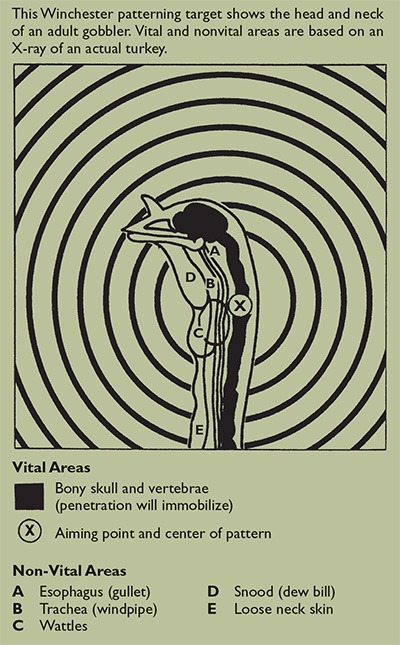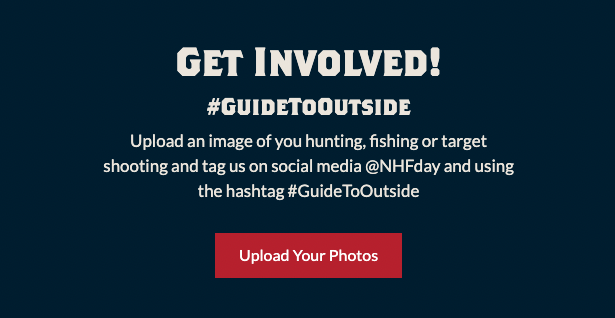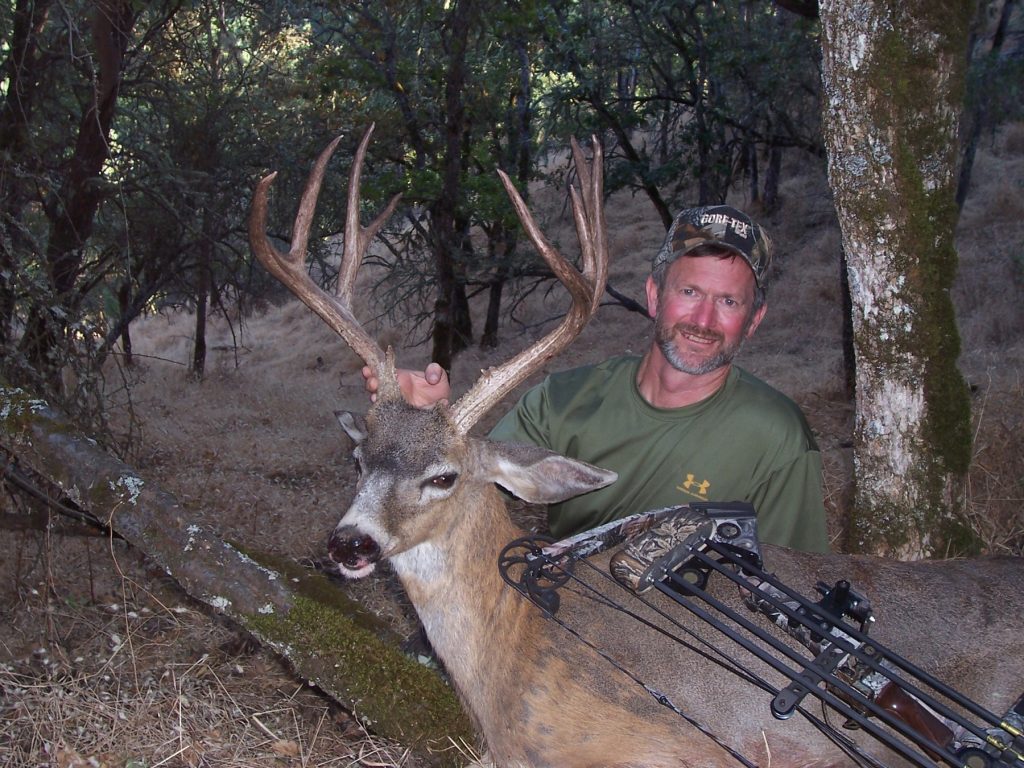
Hunting Columbia Blacktail
The Columbia blacktail is often called the “Pacific ghost.” With few exceptions—Alaska’s lightly-hunted Sitka blacktails and low-pressure Lower-48 private land Columbia blacktails—these secretive deer spend their lives ghosting invisibly through the old-growth timber and coastal rain forest jungles from central California north to Alaska. A mule deer subspecies, blacktails live more like whitetails. They often have a relatively small home range, and the bigger bucks rarely expose themselves outside their thick-cover homes except, like whitetails, during the rut.
After extensively hunting all North American deer species from coast to coast and north to south, I find that, for me, taking a trophy-class Columbia blacktail is the most difficult deer hunting task of all. I grew up in California, and have hunted Columbia blacktails since I was in high school. Yet 50 years later, ad after countless days chasing them throughout their range, I still find the deer supremely challenging, the hunting incredibly exciting.
Just how tough are mature blacktails to take? A study by the Oregon Department of Fish and Game used infrared trail timer devices with cameras mounted on them to track several hundred blacktails as they moved down heavily used migration trails during hunting season. The timers recorded deer passing by both day and night and photographed virtually all of them. This study told researchers that almost 87 percent of mature blacktail bucks—that’s seven out of eight deer more than 2½ years old—never moved during legal shooting hours. These deer remained inside their jungle hell-holes, where they are invulnerable except to the most persistent and skilled (or the luckiest) hunters.
Where They Live
Columbia blacktails occupy widely varied terrain, from the oak and grassland foothills of central California, to the rain forest jungles of coastal Oregon and British Columbia. The techniques used to successfully hunt them are based on these habitats.
In the thick rain forests, still-hunting and setting tree stands are highly effective. Oak ad grassland country lends itself to spot-and-stalk hunting. During the rut (when firearms tags are issued by special-draw only and hard to come by), rattling and grunting can pay big dividends.
To understand how to hunt blacktails, one must first know about where they live, and adjust their tactics and technique accordingly. Here’s where to find them.
Coastal British Columbia
This region is an extension of southeast Alaska, in terms of habitat and hunting style and technique. Good deer hunting can be found on the mainland, but the best-known and most popular area, at least with nonresidents, is Vancouver Island. Deer here are classified as Columbia blacktails, except in the Queen Charlotte Islands, where they are classified as Sitka blacktails. While deer numbers are good, trophy quality is just fair compared to the coastal U.S.
Pacific Northwest
The rain forest jungles of coastal Washington and northern Oregon hold good numbers of Columbia blacktails, and there are some monster bucks living in this region. This thick, wet country is often coursed by still-hunters who use logging roads for access, then poke along on foot. The best jungle hunters I know approach the game like an eastern whitetail hunter, scouting for sign, then setting tree stands and ground blinds in the hopes of ambushing a deer. Calling, both vocally and with rattling horns, is very effective during the rut from early to mid-November.
Southern Oregon
The steep, timbered mountains of southern Oregon have always been a hot spot for hunting world-class blacktails. The four-county quadrant of Jackson, Douglas, Coos and Josephine are tend to produce the biggest bucks of all, although great bucks have also come from neighboring counties as well. Here, a combination of spot-and-stalk and stand hunting, sprinkled with calling and rattling during the rut, is the way to go. Want to maximize your chances at a record-book buck? Apply for one of the region’s limited muzzleloader-only tags for a season that runs late into November.
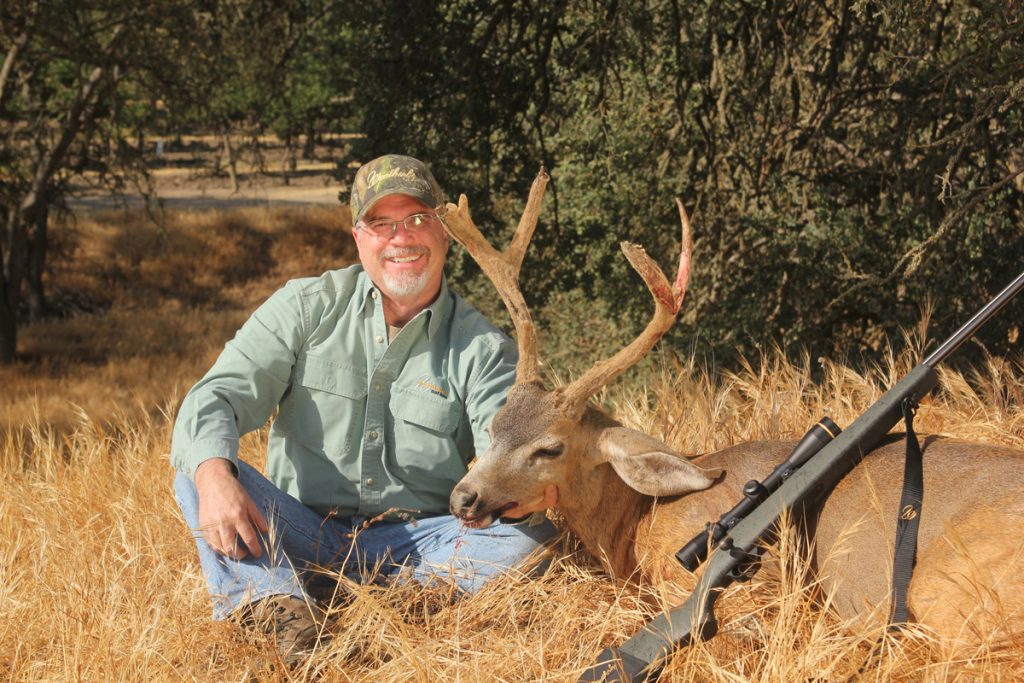
Weatherby’s Mike Schwiebert with a dandy early season Columbia blacktail buck still in velvet taken along the central California coast in San Luis Obispo County.
Northern California
The giant redwood forests of northern California have produced more record-book Columbia blacktails than anywhere else. The area is steep, rugged and heavily timbered, with high-country alpine areas and lots of brush. Backpacking into remote areas is a good way to go, with the Trinity Alps and Marble Mountains Wilderness Area both excellent choices. Further south, many private lands areas in the San Francisco Bay region are kicking out lots of excellent bucks. Bring good optics and be prepared to glass long and hard before planning your stalk.
Central California Coast
The official southern boundary for Columbia blacktails runs east/west along the southern borders of Santa Cruz and Santa Clara counties. That said, local deer hunters working San Benito, Monterey and San Luis Obispo counties often erroneously refer to the smallish deer found there as blacktails, when in truth they are California mule deer. In the 50s and 60s, my dad referred to these bucks, which often grew nothing more than forked-horn antlers with very small or no eye guards, as “Pacific bucks.” Both of these deer and the rugged coastal mountains they inhabit offer a very challenging hunt, and with a general rifle season that opens the first Saturday in August, be ready for temperatures that can break the century mark. Lots of hiking and spot-and-stalk hunting is the way to go here.
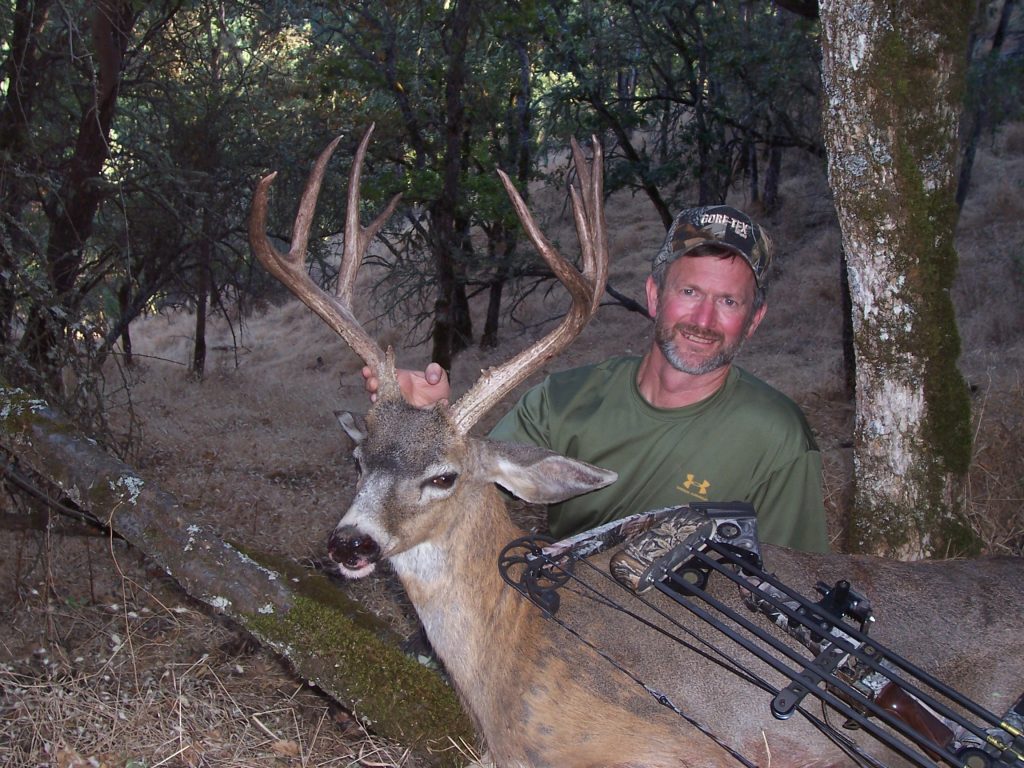
The author with a very large early-season archery Columbia blacktail buck taken near Medford, Oregon.
***
The Grandfather Buck—and One to Beat Him
Late at night, I often think about a buck I called Grandfather, simply because he was so big in both body and antler he had to have spawned several generations of deer. I saw him only once as he passed through the giant redwoods in a northern California coastal forest, offering no shot. I hunted him for four years after that—hard—annually finding his tracks and once finding one of his sheds, a massive four-point piece of bone that scored 72 Boone & Crocket inches all by itself.
I never did see him again. He simply disappeared, ghost-like, as they so often do.
In 1997, I drew a limited-entry November muzzleloader permit in Oregon. The late Doug Gattis and I hunted our petunias off, passing up several dandy bucks until finally, one drizzly morning, the deer I’d been dreaming of all those years appeared. His typical 4×4 antlers officially score 154 1/8 Boone & Crockett points—a true giant of a buck.
Sometimes, dreams do come true.
*-*-*-*-*-
Bob Robb is one of the most well-respected voices in outdoor media, with more than 40 years of columns and essays in print recounting his exploits in the field. A renowned archery expert, Robb has hunted on five continents and also lived 15 years in Alaska, where he held an assistant hunting guide’s license. His work has appeared in titles small and large, from American Hunter and American Rifleman to Whitetail Journal, Field & Stream, Petersen’s Hunting, Deer & Deer Hunting, and many others. He recently retired as Editorial Director from Grand View Media Group, where he oversaw the content for eight publications, including Bowhunting World, Predator Xtreme and Waterfowl & Retriever. Still, retirement is rather an ugly word to Robb, and so he continues to contribute to a variety of publications, just as he continues to hunt around the world.
 Excise taxes fund wildlife research for the sustainable maintenance of healthy wildlife populations.[/caption]
The excise taxes established under the Pittman-Robertson Act have been a driving force, contributing over $16.4 billion (over $25 billion adjusted for inflation) to individual states. In this video, Peter Novotny, Deputy Chief of the Ohio Division of Wildlife, highlights how these funds, combined with hunting and fishing license dollars, fund essential wildlife research. This research enables a deeper understanding of how wildlife populations adapt to a changing environment, ultimately leading to the maintenance of healthy and sustainable populations.
Excise taxes fund wildlife research for the sustainable maintenance of healthy wildlife populations.[/caption]
The excise taxes established under the Pittman-Robertson Act have been a driving force, contributing over $16.4 billion (over $25 billion adjusted for inflation) to individual states. In this video, Peter Novotny, Deputy Chief of the Ohio Division of Wildlife, highlights how these funds, combined with hunting and fishing license dollars, fund essential wildlife research. This research enables a deeper understanding of how wildlife populations adapt to a changing environment, ultimately leading to the maintenance of healthy and sustainable populations.
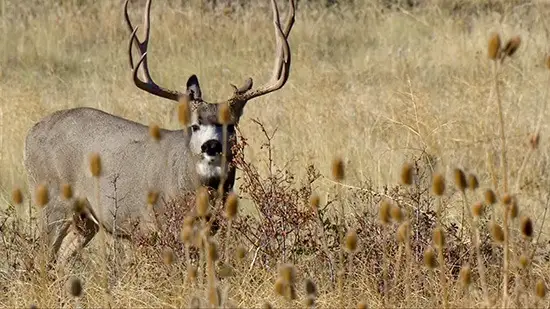 “We feel comfortable and confident that the excise tax dollars are helping keep healthy deer herds out there across the United States,” said Phil Bednar, President and CEO of TenPoint Crossbows.[/caption]
“We feel comfortable and confident that the excise tax dollars are helping keep healthy deer herds out there across the United States,” said Phil Bednar, President and CEO of TenPoint Crossbows.[/caption]
 Turkeys make a tough target. They are difficult to see and even harder to harvest. The head and neck are the only vital areas that ensure a fast, clean hunt, but this will only happen if your shotgun throws a tight, dense shot pattern.
The best shotgun choice for turkeys is a 12-gauge magnum, though the 10 gauge is gaining some ground among turkey hunters. The best shot sizes are No. 2, 4, 5, or 6. The best shotgun chokes are Full, Extra Full, and Super Full.
Turkeys make a tough target. They are difficult to see and even harder to harvest. The head and neck are the only vital areas that ensure a fast, clean hunt, but this will only happen if your shotgun throws a tight, dense shot pattern.
The best shotgun choice for turkeys is a 12-gauge magnum, though the 10 gauge is gaining some ground among turkey hunters. The best shot sizes are No. 2, 4, 5, or 6. The best shotgun chokes are Full, Extra Full, and Super Full.
